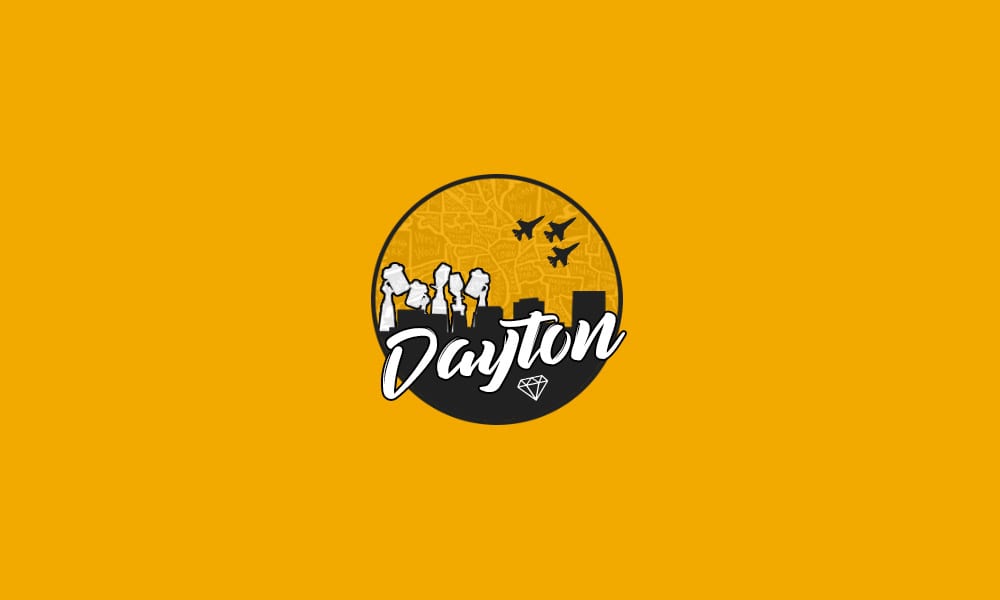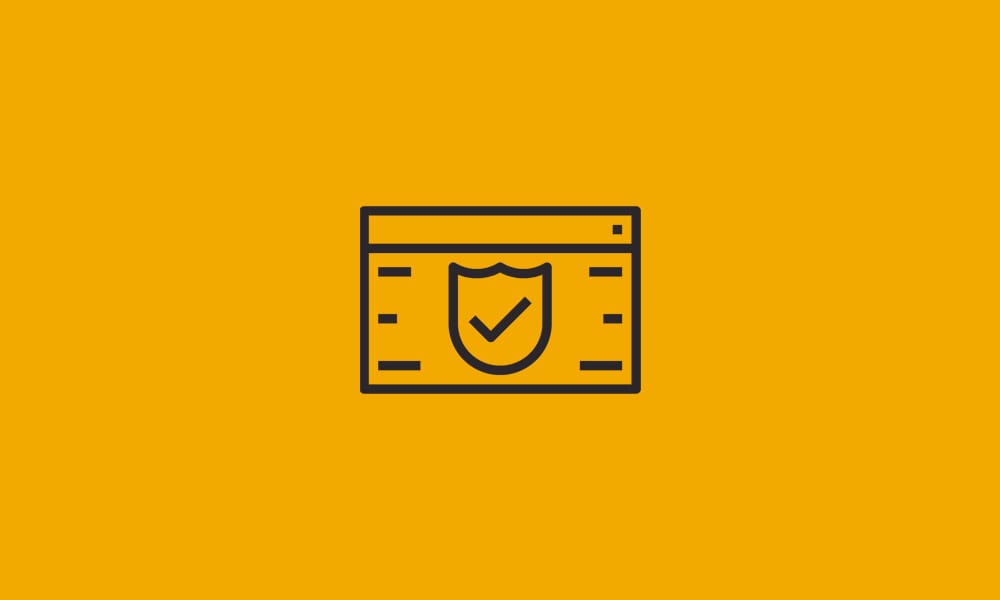Thank You Dayton Developers

The last few weeks have been full of exciting announcements for Dayton’s downtown revitalization and we just want to thank a few of the people we see investing their time and passion into our home.
Keeping the Internet Safe

Earlier this month was Safer Internet Day, which is a day dedicated to creating awareness around safe internet usage mainly geared towards children and teens. I realized this topic didn’t exist when I was growing up. Think about it for a second. I am in my mid-late twenties and I have had more years with […]
A Commitment to Radical Privacy

On April 3rd, President Trump signed legislation repealing the FCC’s privacy regulations. As a result, Internet Service Providers (like DataYard, AT&T, Spectrum, etc.) can now quietly gather, store, and sell the Internet histories, communications, and usage patterns of everyone they provide Internet access to. The legislation goes further, by placing restrictions on the types of […]
Celebrate Sysadmin Appreciation Day With DataYard: July 29, 2016
Beer and Pizza to Celebrate Sysadmins! Here we are again! The last Friday in July is annual Sysadmin Day – a chance to recognize those individuals toiling in the shadowy boiler-rooms of the Internet who keep the world at large running smoothly. We’ll meet at the Dayton Beer Company around 4PM, have some local craft […]
“Venom” Vulnerability Details Released
This week the “Venom” vulnerability was announced, affecting a number of virtualization systems, like Xen, KVM, and VirtualBox (http://www.zdnet.com/article/venom-security-flaw-millions-of-virtual-machines-datacenters/). Hackers can use the defect to exploit flaws in code written more than 10 years ago, a virtual floppy disk controller, to shut down the hypervisor. With the hypervisor disabled, a hacker would then able to […]
The End is Near… for Windows Server 2003
3 months. No reprieve. Microsoft executives and media spokespeople are out in force, emphasizing that Windows Server 2003 is headed out to pasture, with end of life (EOL) slated for July 14, 2015 (Yes, THIS July 14). With EOL, Microsoft ceases providing updates, service patches, and support for between an estimated 1 and 12 million […]
Modernize Your Email with Connect Exchange
Your Business Demands More. You’ve suffered under the limitations of basic email service for long enough. DataYard’s newest offering, Connect Exchange, lets you take advantage of the full suite of Microsoft Exchange and Outlook features, without the cost and hassle of buying a server of your own. It’s time to work differently. It’s time to work smarter. Let DataYard help […]
